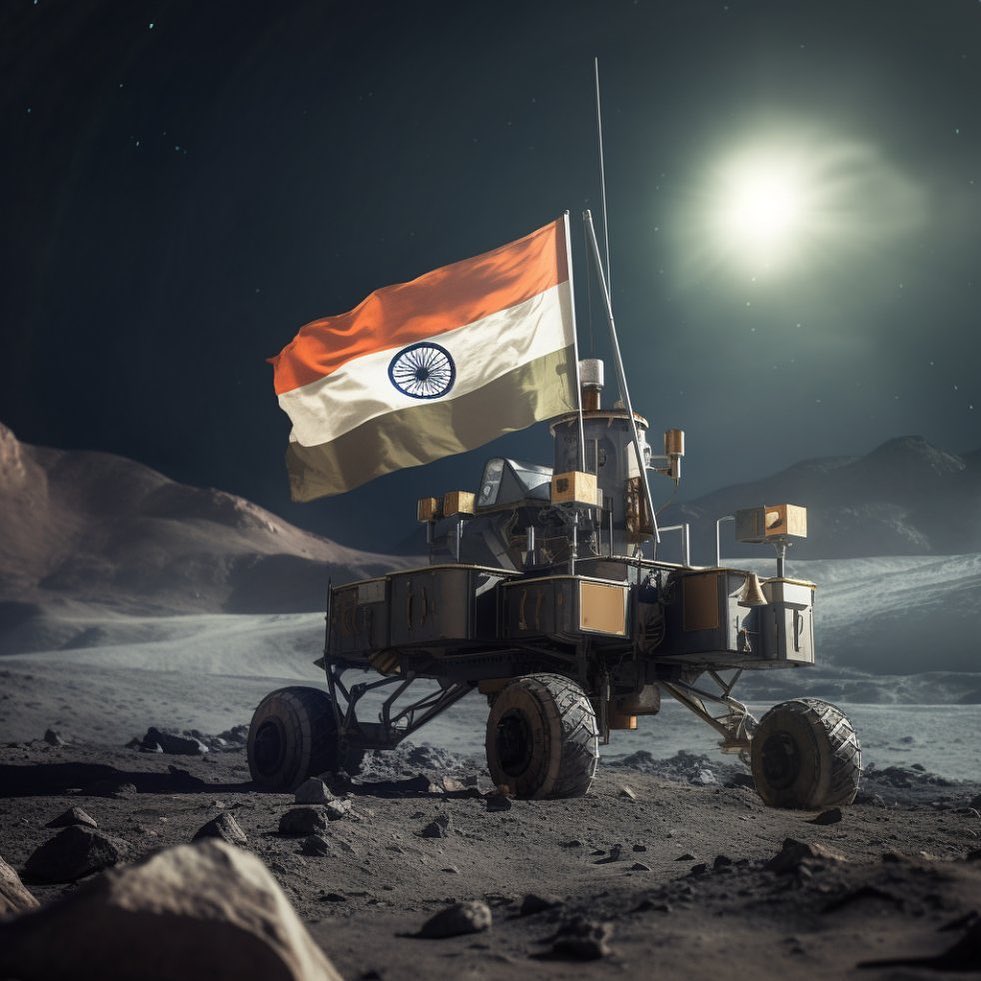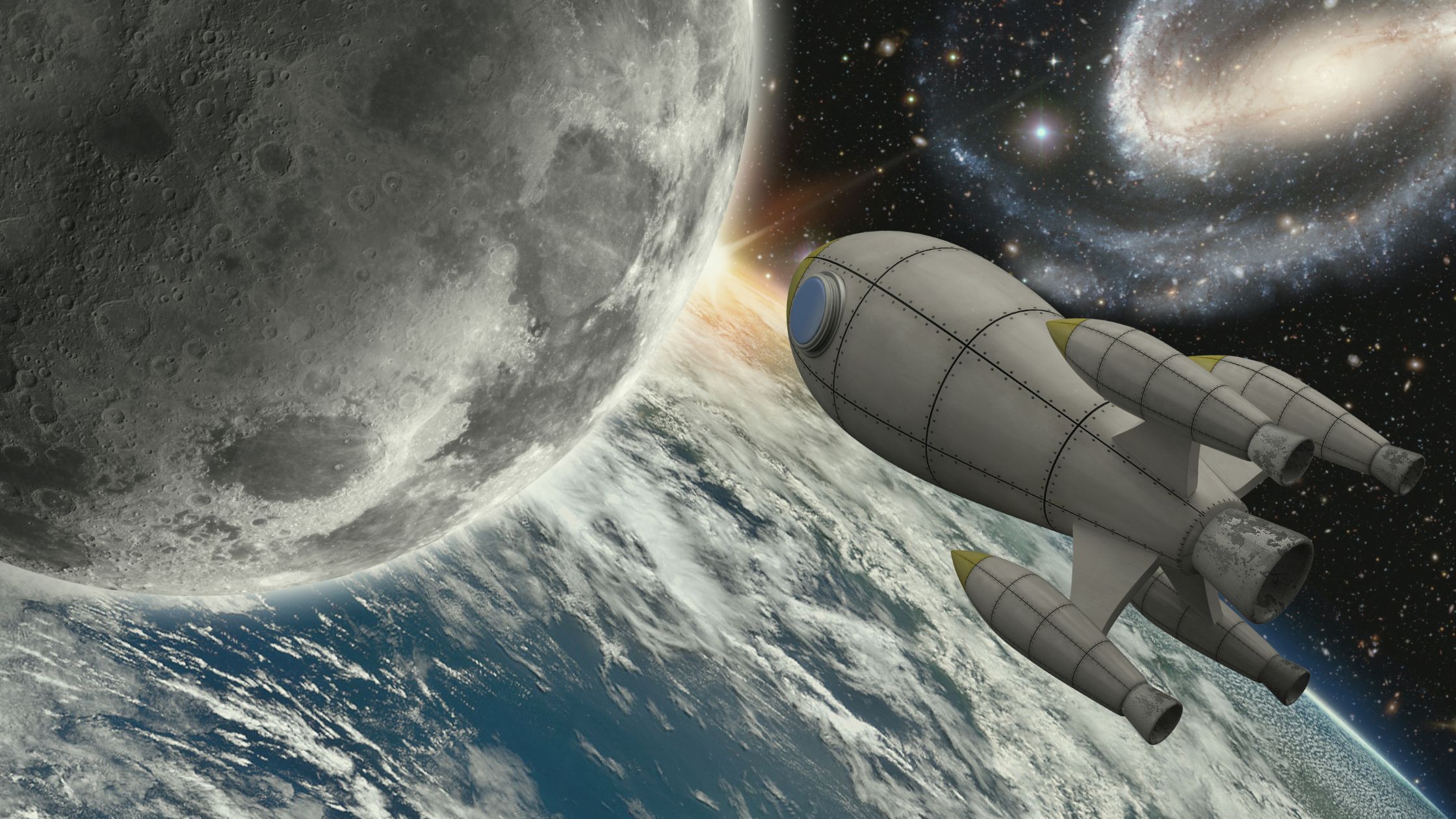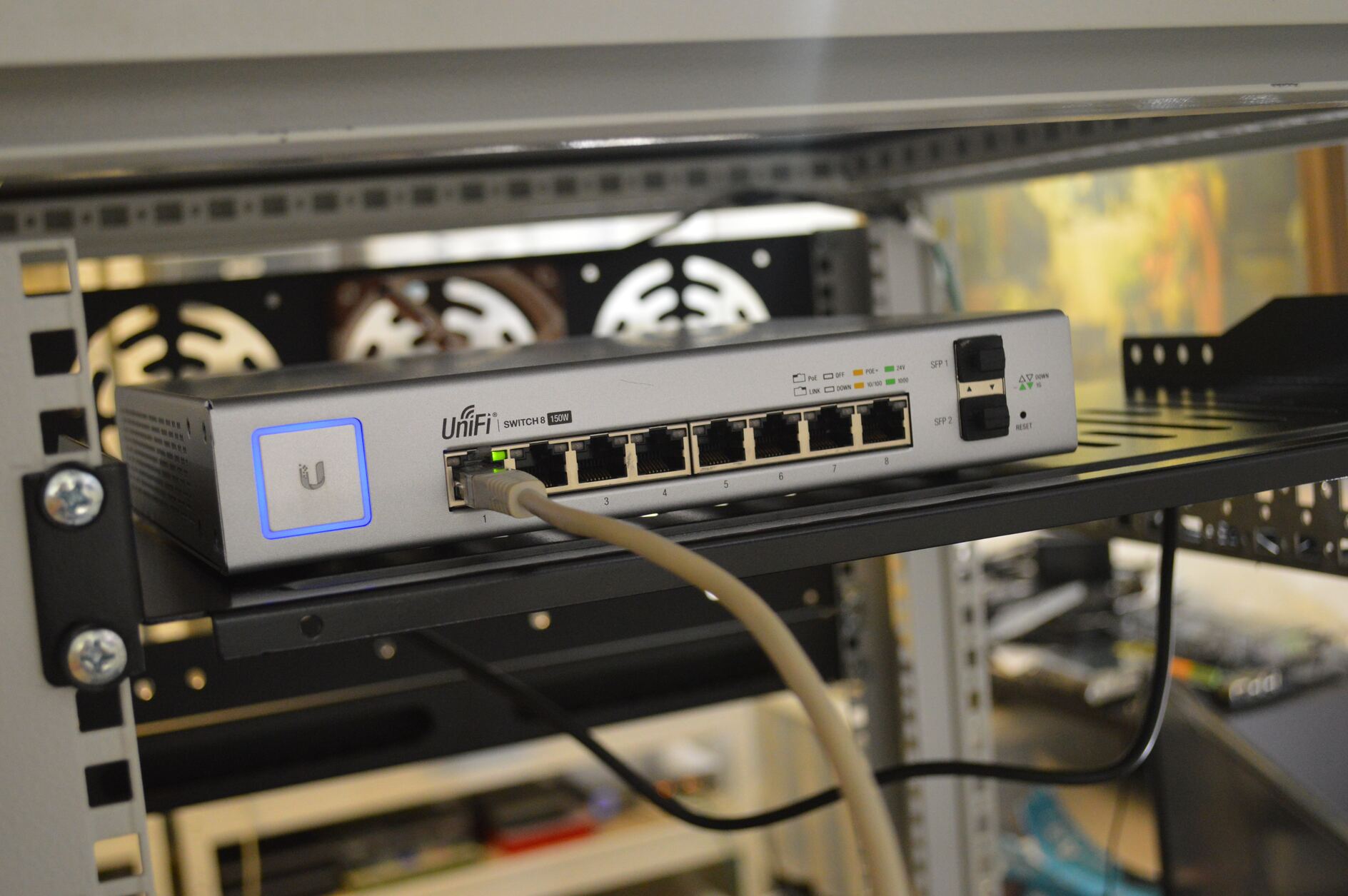The race to be the first country to land a spacecraft in the moon’s south polar region has come to an end, with India emerging as the victor. On August 23, the Indian spacecraft, Chandrayaan-3, successfully touched down on the lunar surface, marking a significant achievement for India and humanity as a whole.

Chandrayaan-3 was launched on July 14 from the Satish Dhawan Space Center in southeastern India. It carried a lander weighing 1,726 kg (3,805 lb), which housed a small rover weighing 26 kg (57 lb). Russia, on the other hand, launched its Luna 25 lander on August 9, following closely behind India’s mission.
Despite India’s 26-day head start, both spacecraft were scheduled to land around August 23. India’s leisurely trajectory involved a five-week journey, taking Chandrayaan-3 through a series of looping orbits around the Earth before finally reaching the lunar vicinity. Luna 25 took a more direct path, aiming to reach the moon in less than two weeks.
Unfortunately, Russia’s Luna 25 encountered a critical failure on August 20 during an engine firing intended to fine-tune its descent. As a result, it crashed into the lunar surface after switching to an off-design orbit. Meanwhile, Chandrayaan-3 successfully entered lunar orbit and captured images of the moon’s far side on the same day.
Prime Minister Narendra Modi hailed India’s achievement as a success for all of humanity. He emphasized that this milestone would benefit future moon missions by other countries. The significance of India’s landing lies in the fact that no other country has reached the south lunar pole before. Previous attempts by Israel and Japan ended in failure when their spacecraft lost contact with Earth and crashed above the heavily boulder-strewn surface.
The moon’s south pole presents unique challenges for landing due to its rough terrain. Unlike the equatorial regions targeted by previous missions, this area lacks wide, flat expanses. However, ISRO’s engineers demonstrated their skill and precision by maneuvering Chandrayaan-3 through the boulder fields and successfully placing it in hover mode at 850 m (2,800 ft.) above the surface while searching for a suitable landing spot.
The significance of exploring the moon’s south pole lies in its potential resources. Scientists have long speculated that water ice may be present in the lunar regolith (soil) and within permanently shadowed craters. India’s Chandrayaan-1 mission confirmed these theories in 2008, detecting icy regolith through an on-board spectrometer and confirming water’s presence with an impactor probe dropped on the south pole.
Water ice on the moon could serve as a vital resource for future lunar settlements. It can be harvested for drinking water, broken down into breathable oxygen, and used to produce rocket fuel by recombining hydrogen and oxygen. NASA’s Artemis program aims to land astronauts near the south pole in the coming decade, followed by China’s crewed landing around 2030.
While boots on the moon are still a future endeavor, Chandrayaan-3 will begin its scientific mission using its suite of instruments and six-wheeled rover to study the region that holds promise for future human exploration and habitation.
India’s successful moon landing is a testament to its technological prowess and dedication to space exploration. It is a proud moment not just for India but for all nations striving to expand our understanding of the universe and pave the way for future endeavors beyond our planet’s boundaries.







